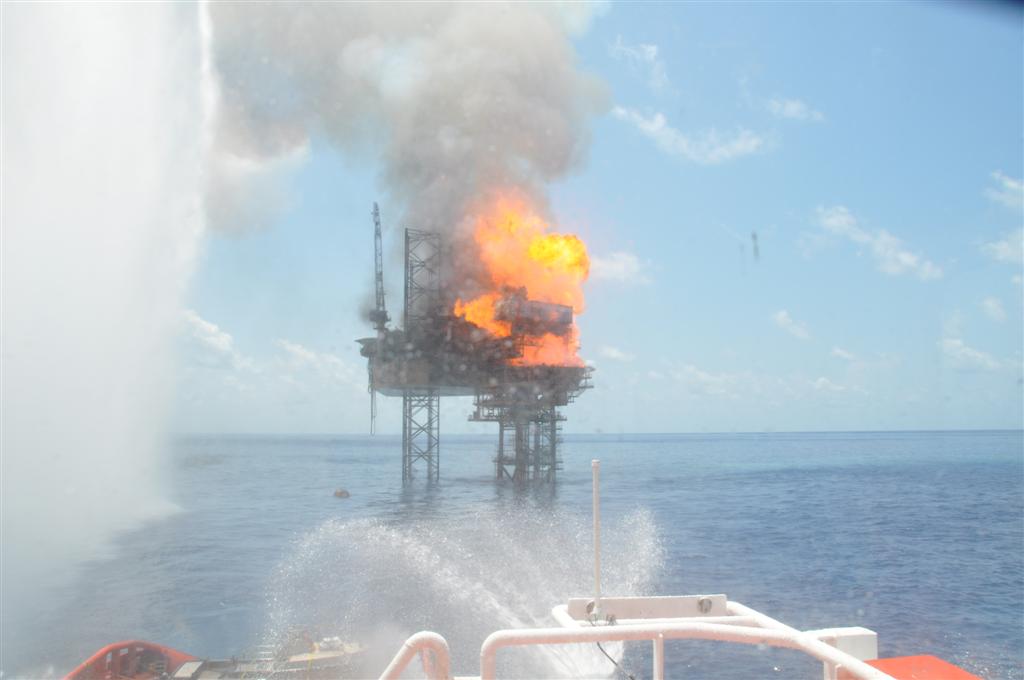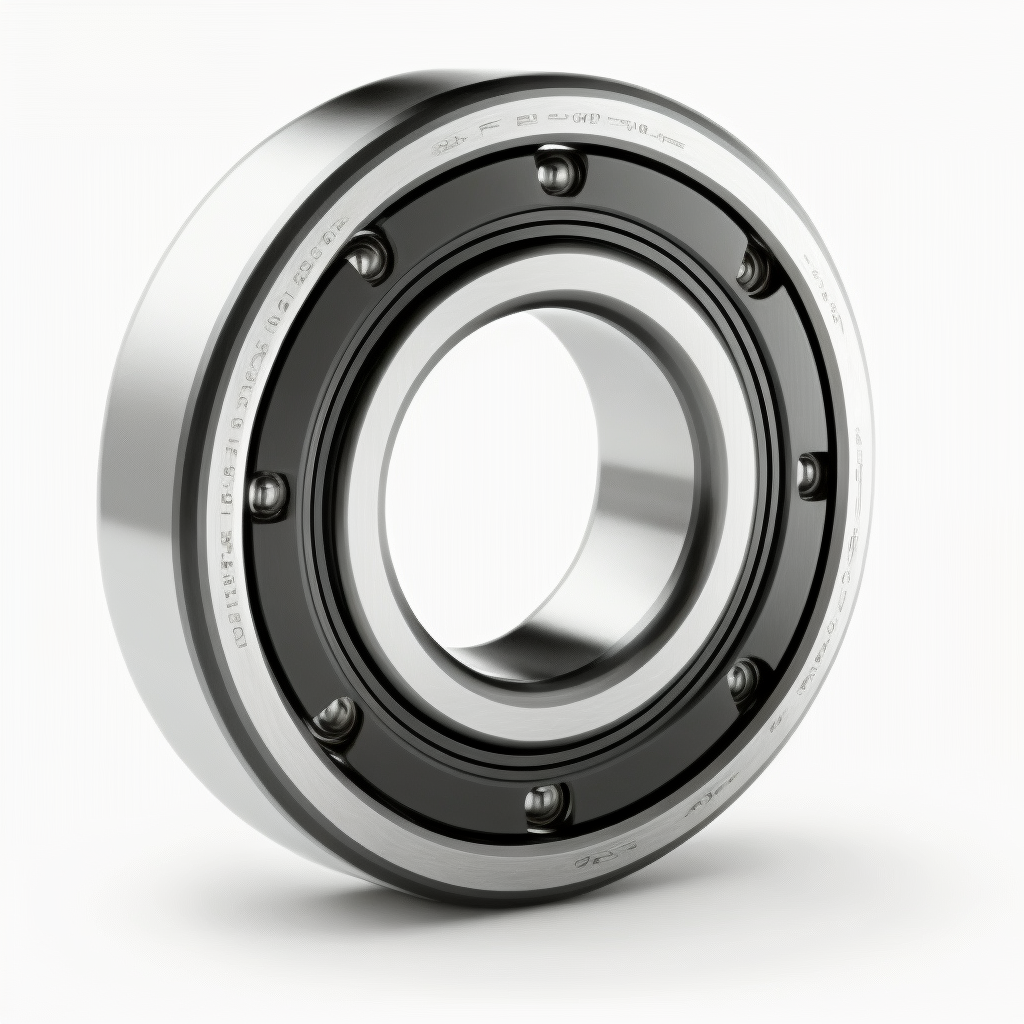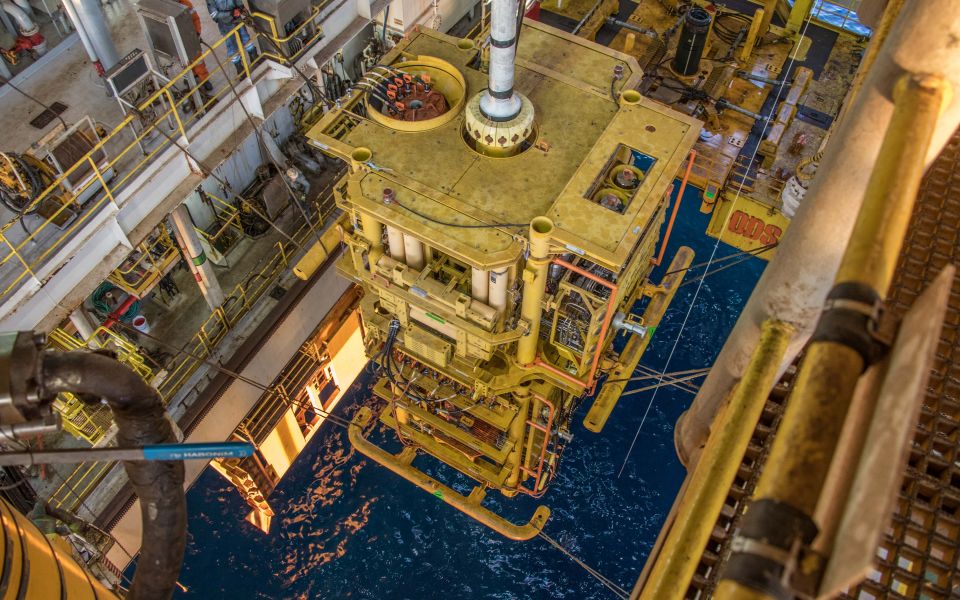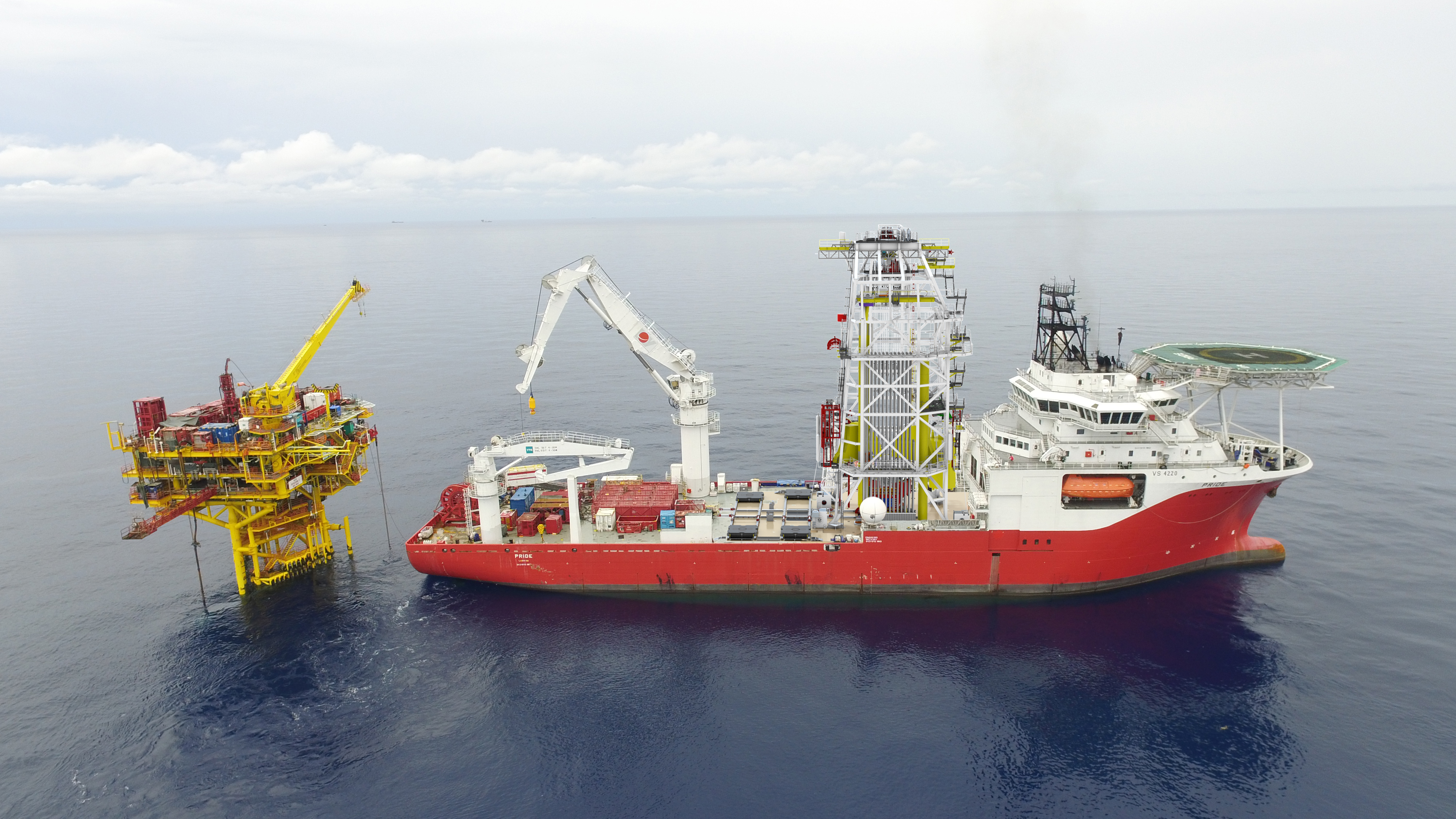
Blowout and Oil Spill Modelling
When planning an offshore well (or any well, for that manner) the well construction process is focused on safely executing the drilling and completion of the well. However, in the event of a well control incident, an estimation of the worst case discharge from an offshore well is required. In the United States this is mandated by the document BOEM NTL No. 2015-01, which supersedes the previous BOEM NTL No. 2010-N06. According to NTL-No-2015-N01, the operator has to submit a plan which describes the scenario of the worst case blowout potential during the well construction. This includes the flowrate from the drilled zones, the potential for bridging off, the availability of a rig to drill a relief well and the time it will take to intersect the subject well with the relief well. According to the SPE guidance for complying with BOEM NTL No. 2010-N06 (from September, 2010) the procedure (in brief) is as follow; To determine the Worst Case discharge scenario, all potential hydrocarbon-bearing formations in each hole section will have an absolute open flow calculated, and the hole section with the highest AOF will be used. The time to drill a relief well for this hole section is to be calculated. A production profile (including commingling and decline) is created, and the flow rate over the relief well time is then used to determine the worst case oil spill volume. The time to drill a relief well includes the contracting, mobilization, and potential sidetracking to intersect the original wellbore.
In planning for a relief well, the contracting and mobilization of a drilling rig may be the single largest factor in the worst case discharge calculation. In dense platform locations, consideration can be given to drilling a relief well from a nearby platform or from shore, but in more remote locations the availability and mobilization of a relief well MODU can be a larger issue. In remote locations, or locations with limited drilling activity, it is a possible solution to schedule well construction activities with other operators that wells are being drilled at the same time. In this way, each contracted rig can serve as the other's relief well rig in the event of an incident. It is also possible to gain the benefit of shared logistics in remote regions during normal well operations. A suitable location to drill. relief well from is to be identified and surveyed in the event a mobilization has to occur. These steps are best carried out when the subsea survey for the original well is completed as the equipment is in the area.
Do not down-man early...
Having prepared for a relief well includes having adequate resourcing of the well construction team to manage this activity, thus down-manning a technical team when the well is past the "difficult" section is discouraged until the well is completed.. After successful intersection of the blowout well, a dynamic kill design will be modelled determining the kil hydraulics and additional equipment requirements. Flow and pressure monitoring will aid in management of the kill activity and comprehensive data collection and organization is key. Following the killing and cementing of a blowout well, the work of demobilizing the specialized kill equipment, repair or removal of the original rig, environmental remediation, and a formal investigation into the root causes of the event are still remaining to be completed. There remains a significant amount of work to be done following a blowout and release that requires ongoing focus and professionalism.





